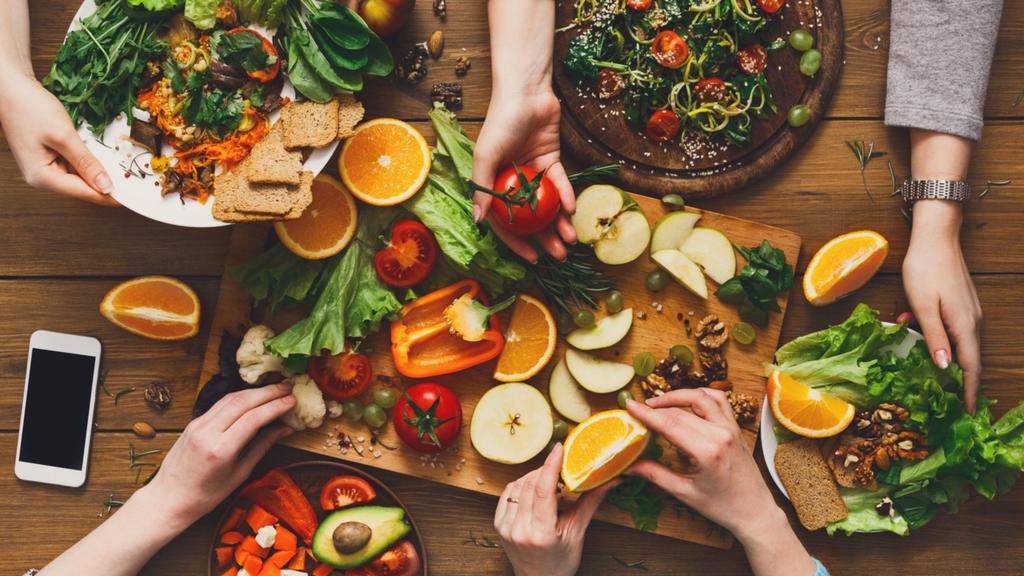Let’s Learn About Fermentation
Naturally fermented foods are getting a lot of attention from health experts these days because they may help strengthen your gut microbiome—the 100 trillion or so bacteria and microorganisms that live in your digestive tract. Researchers are beginning to link these tiny creatures to all sorts of health conditions from obesity to neurodegenerative diseases.
Fermented foods are preserved using an age-old process that not only boosts the food’s shelf life and nutritional value but can give your body a dose of healthy probiotics, which are live microorganisms crucial to healthy digestion, says Dr. David S. Ludwig, a professor of nutrition at the Harvard School of Public Health.
DAIRY YOGURT
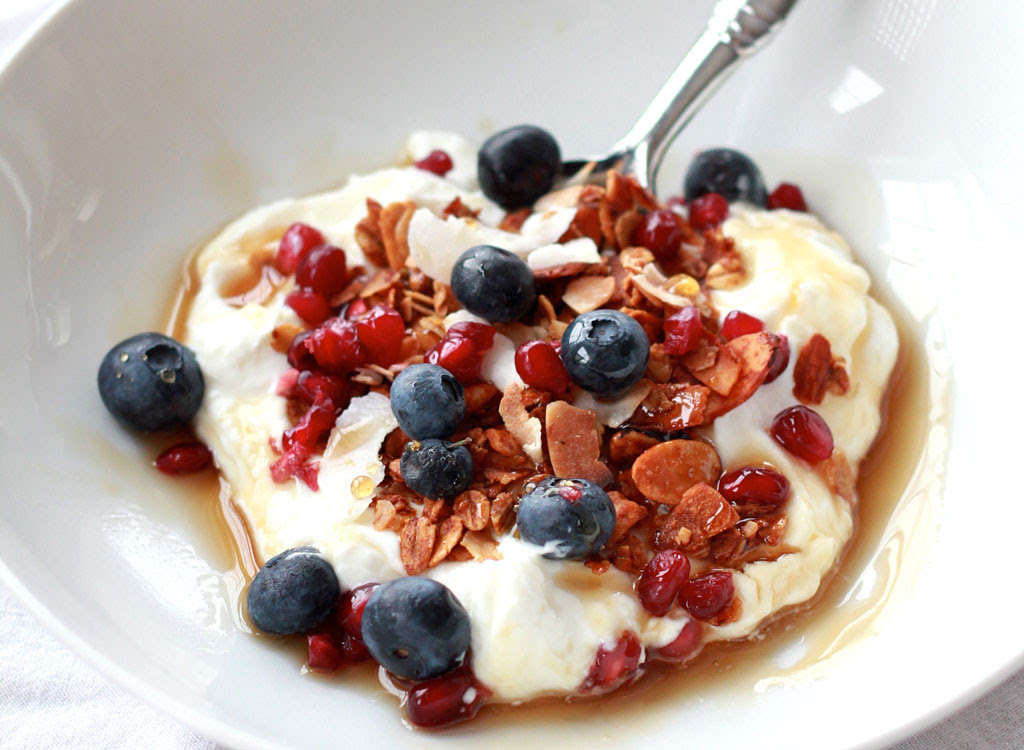
Did you know that the morning yogurt you’ve been eating for years is actually a fermented food? Yogurt is made by adding good bacteria (streptococcus thermophilus and Lactobacillus bulgaricus) into heated milk. It thickens up from the lactic acid that’s produced by the bacteria and becomes the product that you’re ever-so-familiar with. The higher the fat content in the milk, the thicker the consistency. And when buying yogurt from the grocery store, make sure to check for the ones labeled ‘live active cultures’ and stay away from the ones with added sugar and syrups.
Eat This!: Top some of your dearest savory dishes with Greek yogurt or make a fat-burning smoothie with yogurt, fruits, greens and chia seeds!
KEFIR

Kefir is basically drinkable yogurt but contains different types of beneficial bacteria and may be surprisingly more nutritious. Kefir can actually colonize the intestinal tract making digestion even easier. It also supplies high levels of probiotics, complete protein, vitamin B12, and other essential minerals. To make kefir at home, you only need one cup of whole-fat milk and a teaspoon of kefir grains, which is the bacteria and yeast that is going to ferment the kefir. Let the mixture sit at room temperature for about 24 hours and then strain the grains. (Tip: These grains can be used again in your next batch.) Before you know it, you’ll have a tangy, thick, creamy drink that’s ready to enjoy.
Eat This!: Make kefir pancakes with 1 cup almond flour, 2 tablespoons coconut flour, ½ cup kefir, 3 eggs, ½ teaspoon baking soda, 2 tablespoons coconut oil, and a sprinkle of cinnamon.
NON-DAIRY YOGURT
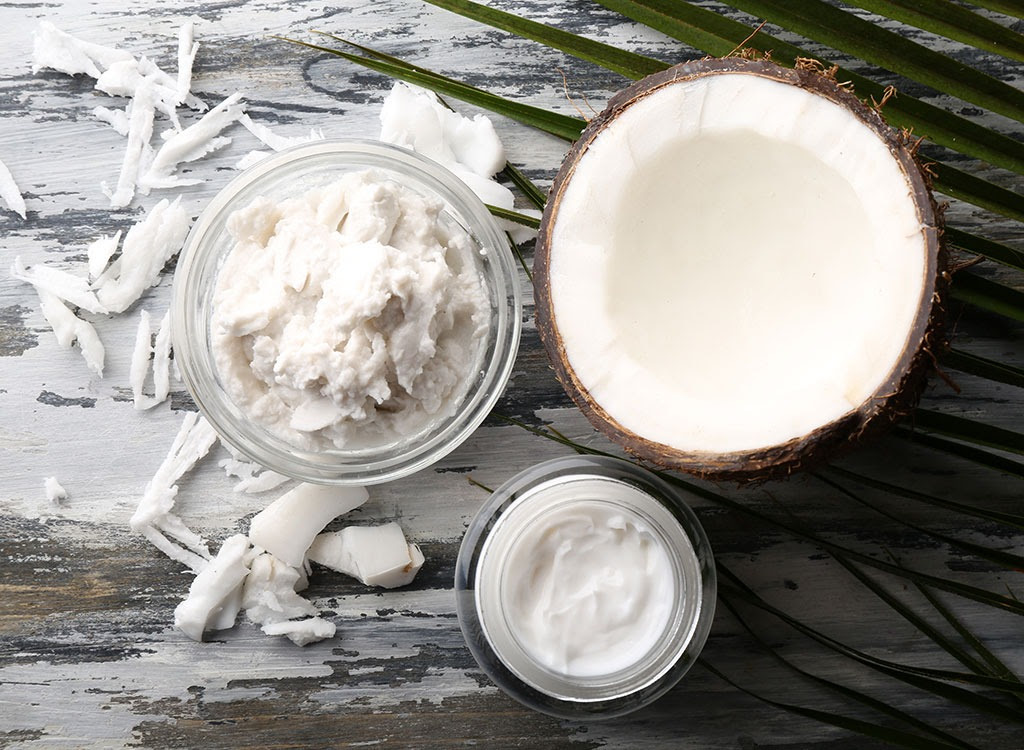
Not a fan of dairy milk? You can still get your fermentation on with yogurts from other non-dairy sources like coconuts. Since the structure of coconuts is different from cow’s milk yogurt, you’ll need to add probiotic powder and tapioca starch to get a spoonful with a creamy texture. You can also make coconut milk kefir the same way you would make an animal milk kefir!
Eat This!: Make a parfait using coconut yogurt, granola, nuts, coconut shavings, banana, and blueberries. Easy, simple, and delish!
MISO
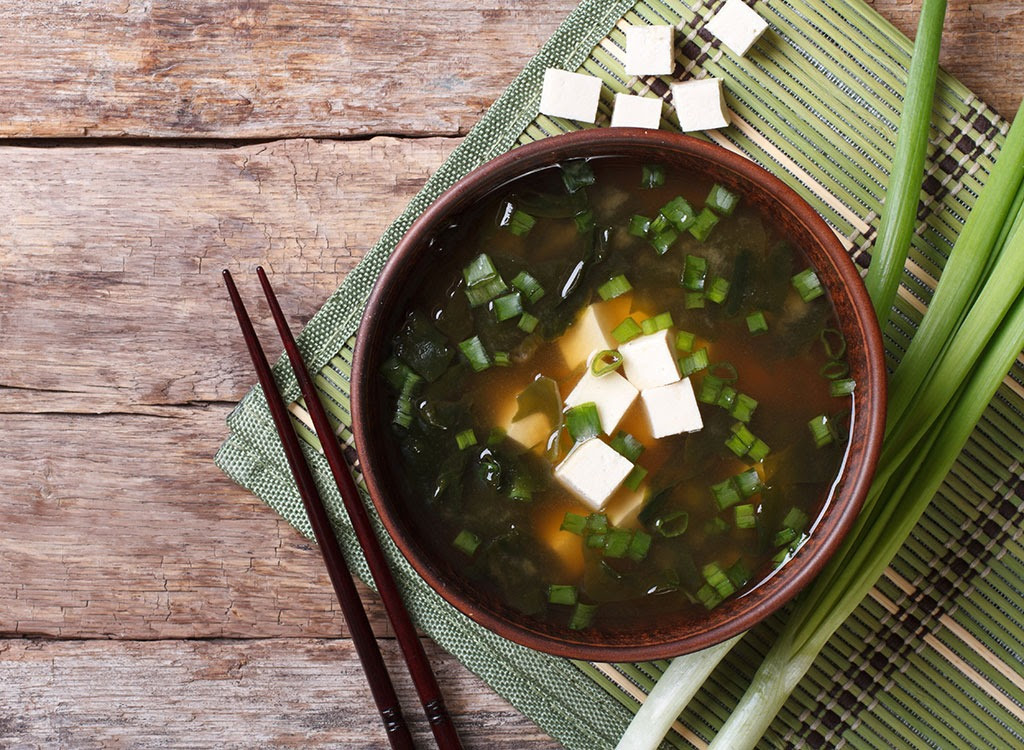
Miso is a well-known ingredient you may have seen on menus at sushi restaurants. It’s a traditional Japanese paste that’s made from fermenting soybeans with salt and koji. Not only is it a complete protein (meaning it contains all essential amino acids), but it also stimulates the digestive system, strengthens the immune system and reduces the risk for multiple cancers. This paste has been used for centuries in Asian cultures to provide health benefits but is becoming even more known in the U.S. because of its nutrient-dense properties.
Eat This!: The flavors of miso are both sweet and salty (technically considered umami), so it’s an awesome way to add flavor to a salad dressing by combining oil, a light vinegar, miso, and spices. Miso also goes great in soup or as a dipping sauce!
TEMPEH
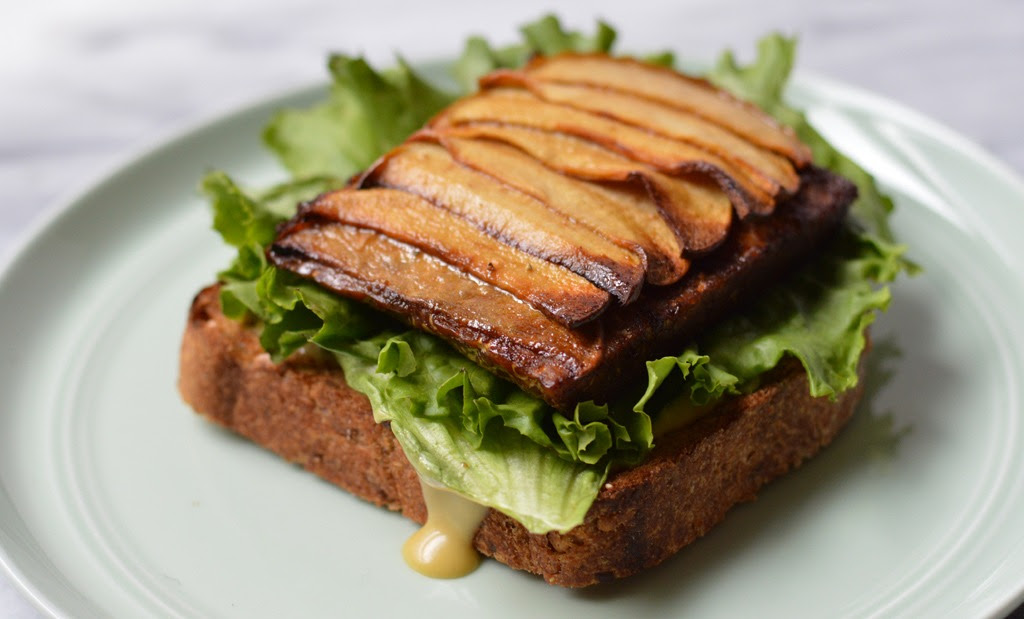
Tempeh burgers or tempeh nuggets are the perfect plant-based alternative to an animal-based protein, and vegetarians and vegans often rave about it. Tempeh is a fermented soy product that has a meaty, tender bite with a semi-dull flavor. Think of tempeh as a blank canvas ready to be painted on; you can add spices, seasonings, or sauces to tempeh because it will absorb any flavor it’s handed, and you’ll forget you’re not eating meat! And let’s not forget the nutritional benefits that come along with it: A standard 3-ounce serving of tempeh has about 16 grams of protein and 8 percent of the day’s recommended calcium.
Eat This!: Try out Meatless Monday and top some zucchini noodles (or zoodles) with vegan tempeh meatballs. Cover it with a homemade marinara sauce and enjoy!
SOURDOUGH BREAD

You can find sourdough bread at just about every supermarket there is. Unlike many may think, sourdough is not a flavor, it’s actually the process where wild yeast and friendly bacteria break down the gluten and sugar occurring, and it becomes good-for-you protein, vitamins, and minerals. “If you’re trying to increase your probiotic intake, when it comes to bread, sourdough bread is the way to go!” The Nutrition Twins, Lyssie Lakatos, RDN, CDN, CFT and Tammy Lakatos Shames, RDN, CDN, CFT, and authors of The Nutrition Twins’ Veggie Cure explain. The starches and grains from the bread are predigested from the bacteria and yeast, thus making it easier to digest and a much healthier option than any processed white bread. It’s also typically lower on the glycemic index scale—meaning it doesn’t spike blood pressure as dramatically as other breads would. The flavor of the bread is semi-sour (hence, the name, and should be moist on the inside with a crunchy outer crust. (Note: This is not a gluten-free option, so make sure if you have any kind of gluten intolerance, you avoid this bread.)
SAUERKRAUT
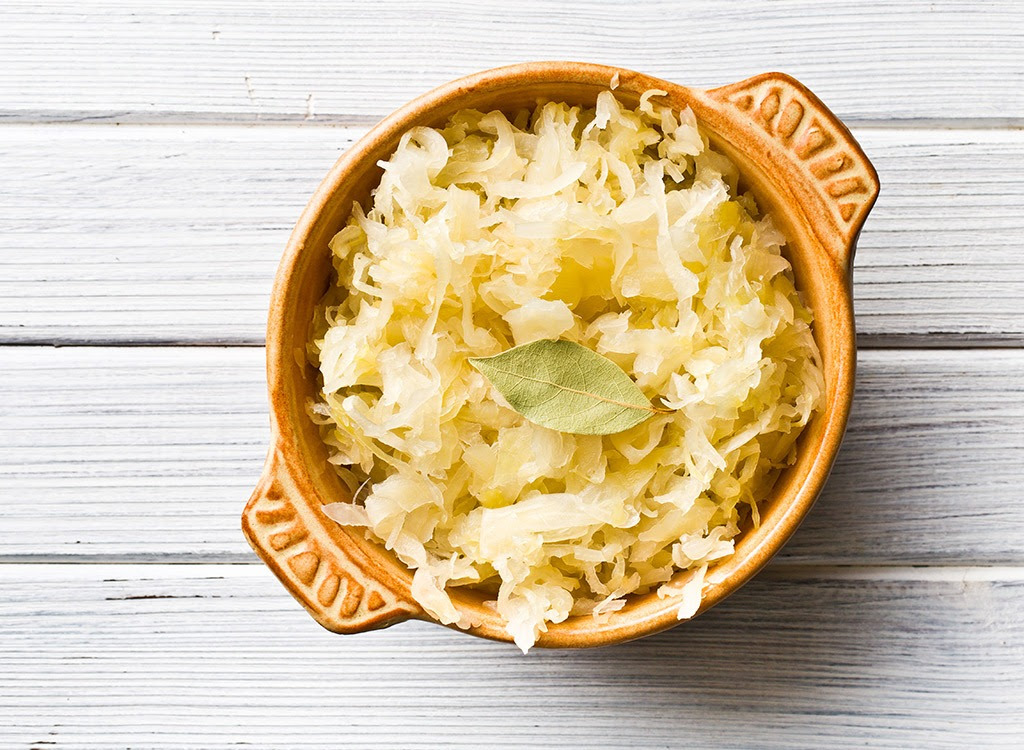
When you think of sauerkraut, a loaded hot dog or a fatty Reuben sandwich could be what come to mind. And there’s not often a middle ground between being a lover or a hater of this stuff. But, for you lovers and haters who didn’t know, sauerkraut is actually a high-fiber, low-calorie, nutritious condiment—when it’s made right, that is. Sauerkraut should be made with two simple ingredients: shredded cabbage and sea salt. Cabbage has a high water content, so by twisting and mashing the leaves after letting it sit in salt for 10-15 minutes, the juices are naturally going to begin extracting. (Translation: There’s no need to add any other liquids.) The liquid that forms should cover the entire mixture, and the cabbage and salt should sit at room temperature, completely covered for at least a week for small batches (and at least a month for bigger batches). Before buying it prepackaged at the grocery store make sure to check the label; they often contain added sugar and preservatives.
Eat This!: Make stuffed mushrooms by stuffing the insides of mushrooms with your homemade sauerkraut, a sprinkling of breadcrumbs and Parmesan cheese, and a drizzle of olive oil.
PICKLED VEGETABLES
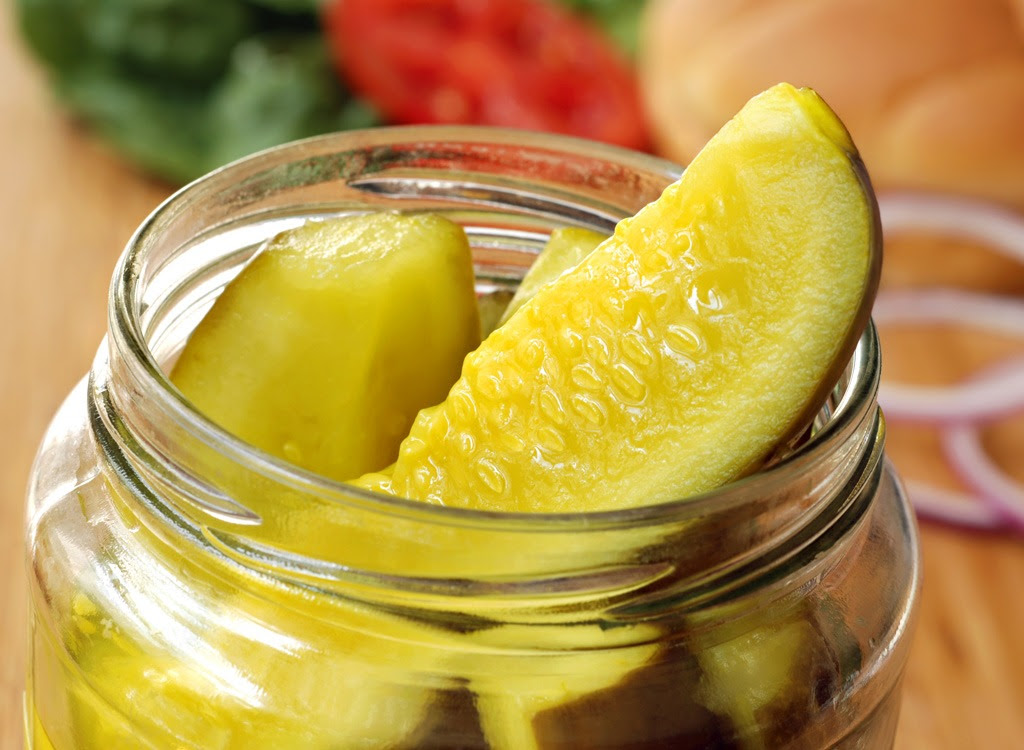
Other vegetables besides cabbage can be fermented, too. “But it’s important to distinguish that not all pickled vegetables are fermented,” say Willow Jarosh MS, RD, and Stephanie Clarke, MS, RD, co-owners of C&J Nutrition. “In order to get the health benefits from eating fermented foods, you’ll want to be sure that the pickled veggie you’re eating is, in fact, fermented—and not just pickled.” Using the same process as the sauerkraut, you can ferment carrots, cucumbers, cauliflower, garlic, and tons of other vegetables. Since not all veggies have the same amount of water as cabbage, you may have to make a brine for the mixture to sit in. The methods vary depending on taste, special dietary requirements and which vegetable is being fermented.
Eat This!: Stuff your sandwiches, top your patties or just simply enjoy straight out of the jar!
KIMCHI
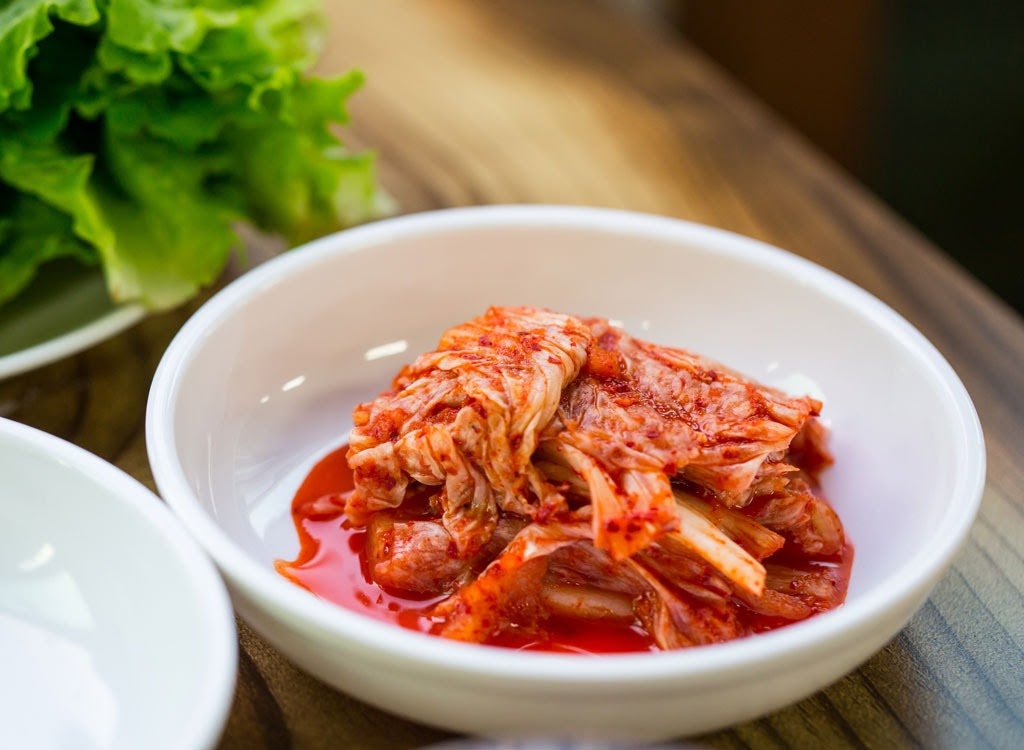
Kimchi is another variation of fermenting vegetables that was developed in Asian cultures. “The nutritional benefits of kimchi will widely vary, based on what ingredients are used,” Jackie Ballou Erdos, R.D. says. “Typically, vegetables like cabbage, radishes and scallions are used, which provide nutrients including vitamin C, B vitamins, calcium, vitamin K, iron, and fiber.” (Ginger, salt, sugar, water, and spices are all involved, too!) Seeing sugar on the list of ingredients may scare you at first, but the salt brine will kill off bad bacteria and leave good bacteria that converts the sugar into lactic acid to preserve and flavor the vegetables.
Eat This!: Mix your kimchi with roasted seasoned potatoes and grilled asparagus. The different flavor profiles combine to make a meal to die for!
NATTO

Natto is made by boiling and fermenting soybeans with bacteria that increases their nutritional value. Among the array of fermented foods from Japan, this tops the list for health benefits. There is a unique enzyme in Natto, Nattokinase, which is recognized because of its property to dissolve blood clots. Also, since it is made from soybeans, there is a ton of protein, fiber, vitamins K2 and B2, calcium, and iron. The smell and appearance of Natto may turn you off at first; it has an interesting, unique scent and stringy, gooey look to it. Don’t let that deter you, though. The taste is great, and the benefits are well worth it!
Eat This!: Eat Natto on top of a bed of brown rice or quinoa with some scallions, herbs, and soy sauce. Make sure to top dishes once they are cooled because it will lose its health effectiveness after being heated over 150 degrees Fahrenheit.
BEET KVASS
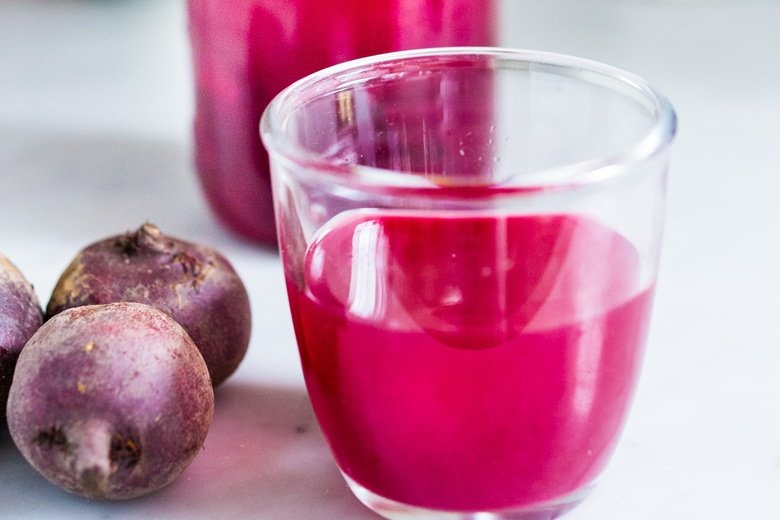
If you haven’t heard of Kvass before, you soon will. The fermented drink is slowly catching up to the trendiness of kombucha, most likely because of its probiotic characteristics that lead to major health benefits. This drink originated in Russia, traditionally made with stale sourdough bread. To D.I.Y. it, mix salt with chopped beets in a mason jar and fill with filtered water. Stir well and let sit at room temperature, covered for about 2-7 days before straining and moving to the refrigerator. The longer the beets are left to become fermented foods, the more developed the flavor will be. Beets are already a great source of dietary fiber, so by fermenting them, the positive digestive properties are through the roof!
Eat This!: Drink it up or use it as a bright salad dressing by combining with vinegar and pepper. It also tastes great over grilled chicken and quinoa!
BEER

Okay, okay, so we’re not telling you to go out and drink a 12-pack; that will just lead to belly bloat and excessive weight gain. But fermented alcoholic beverages like beer do actually have some benefits when drank in moderation. The vitamins from the grains that beer is made out of (such as barley, wheat, rice, and corn) survive the fermentation and filtering process and can lead to good cholesterol and decrease blood clot formation.
Eat This!: Combine whole grain mustard, beer, and spices. Marinade it onto your favorite proteins like chicken or tofu.
CONDIMENTS
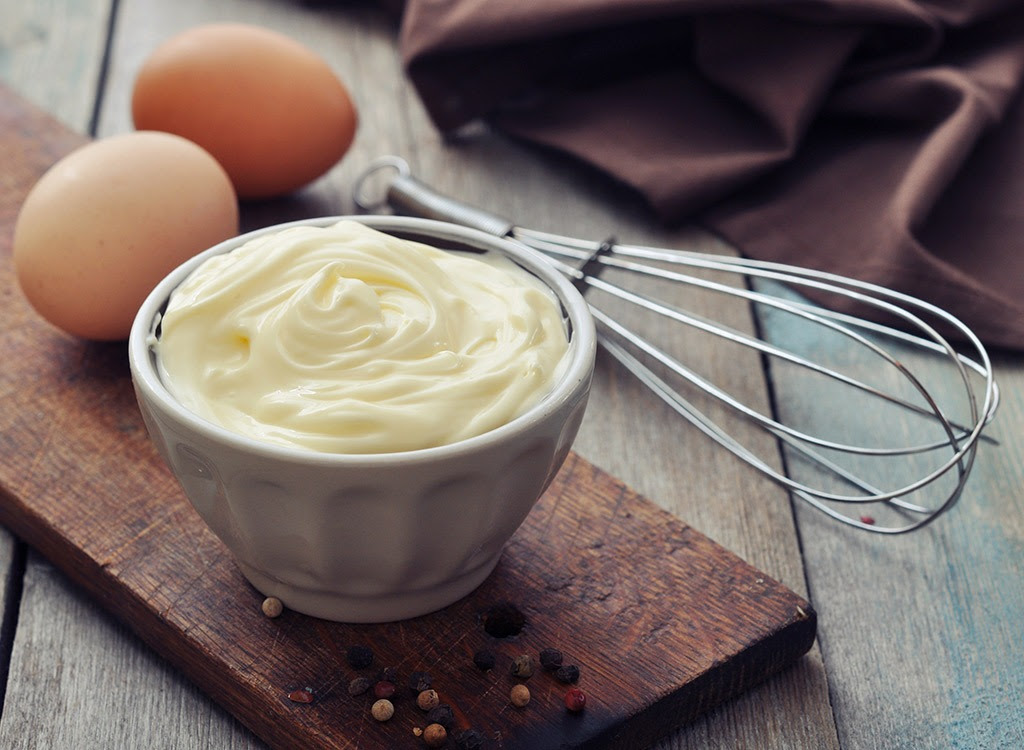
From salsa to mustard, all of the classic condiments that you would typically purchase at the grocery store can be fermented, too! Use whey (the watery part of yogurt) or juice from homemade sauerkraut as the starter for the fermentation and combine with the usual ingredients. Voila! Easy as that, and you get to skip the sugar and fake additives.
KOMBUCHA
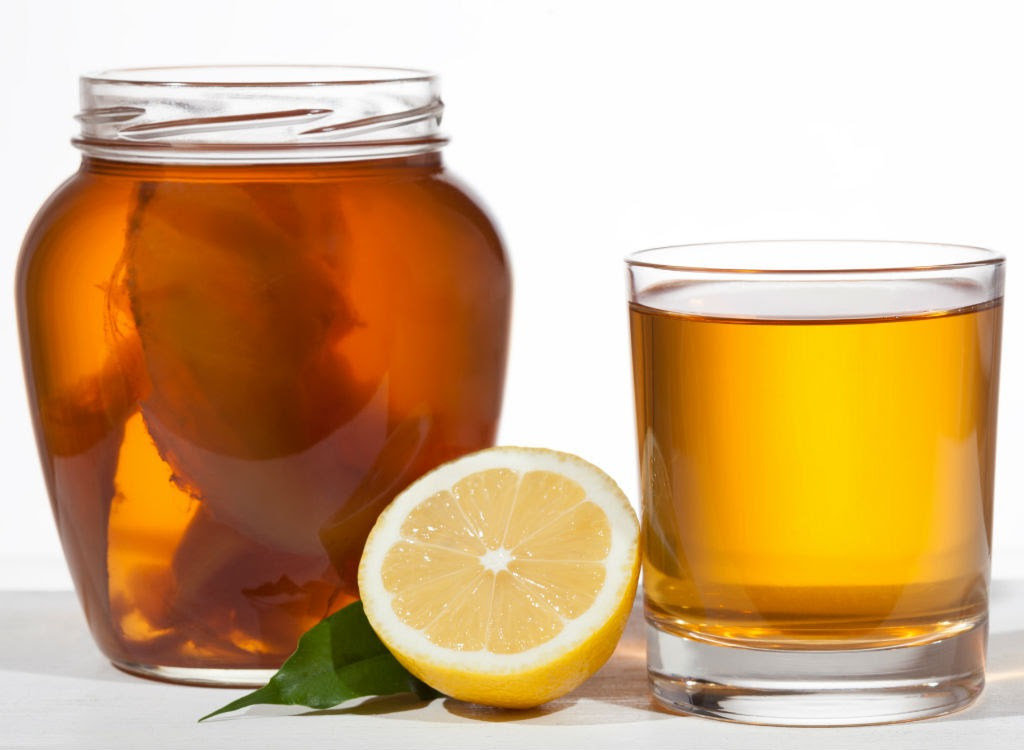
And what would a fermentation story be without the highly talked about kombucha? So, last but not least: Kombucha is a fermented drink made with tea and a culture of bacteria and yeast, and it is surrounded by controversy concerning its health benefits. The fizzy drink usually has a semi-sour, yet sweet taste that can be off-putting to some—but addictive to others. The elixir has been said to improve digestive function and remove toxins from the body, but there is no actual scientific evidence behind these claims. “In order to keep the probiotic benefits, the kombucha tea must not be pasteurized—means it increases the risk of contamination,” The Nutrition Twins, Lyssie Lakatos, RDN, CDN, CFT and Tammy Lakatos Shame point out. But there is also a link between unpasteurized drinks with liver damage and bacterial infections. That’s where the confusion lies. So, if you have any deficiencies or are trying it for the first, time make sure to check with a specialist first.
Try making your own naturally fermented foods
Below is a recipe from the book Always Delicious by Dr. Ludwig and Dawn Ludwig that can help get you started.
Spicy pickled vegetables (escabeche)
These spicy pickles are reminiscent of the Mediterranean and Latin American culinary technique known as escabeche. This recipe leaves out the sugar. Traditionally, the larger vegetables would be lightly cooked before pickling, but we prefer to use a quick fermentation method and leave the vegetables a bit crisp instead.
- 2 cups filtered water
- 1 to 1-1/4 tablespoons sea salt
- 2 tablespoons apple cider vinegar
- 1 jalapeño or a few small hot chiles (or to taste), sliced
- 1 large carrot cut into 1/4-inch-thick rounds or diagonal slices
- 1 to 2 cups chopped cauliflower or small cauliflower florets
- 3 small stalks celery (use only small inner stalks from the heart), cut into 1-inch-long sticks
- 1 bay leaf
- 1 cabbage leaf, rinsed
Warm the water (no need to boil). Stir in the sea salt until it dissolves completely. Set aside to cool (use this time to cut the vegetables). Add the vinegar just before using. The brine can be made ahead of time and stored in a sealed glass jar on the counter to use when ready to pickle.
Set a quart-size canning jar in the sink and fill it with boiling water to sterilize. Empty the jar and tightly pack the vegetables and bay leaf inside to within 1 to 2 inches from the top of the jar. Pour the brine over the vegetables to fill the jar to within 1 inch from the top. Wedge the cabbage leaf over the top of the vegetables and tuck it around the edges to hold the vegetables beneath the liquid.
Set jar on the counter and cover with a fermentation lid. (Alternatively, use a standard lid and loosen it a bit each day for the first few days, then every other day, to allow gasses to escape.) Let pickle for three to five days, depending on the indoor temperature. Check the taste after a couple of days, using clean utensils. Vegetables will pickle faster in warmer climates. Make sure the vegetables stay packed beneath the level of the liquid and add salted water (2 teaspoons sea salt dissolved in 1 cup warm filtered water) as needed.
When the vegetables are pickled to your liking, seal the jar with a regular lid and refrigerate. Vegetables will continue to slowly pickle in the refrigerator. They will keep for about one month. Taste for saltiness before serving and, if desired, rinse gently to remove excess salt.
- Calories: 1 (per 1 tablespoon)
- Carbohydrate: 0 g
- Protein: 0 g
- Fat: 0 g
What are fermented drinks?
Fermented drinks are typically made from fruit juices, herbal infusions, soaked grains, green and black tea that have been allowed to culture or ferment for a period of time. As a result, these drinks are generally a good source of probiotics, beneficial bacteria and yeasts.
They include beer and wine, as well as probiotic beverages like kombucha, milk kefir, water kefir, tepache, beet kvass and whey sodas.
Do they contain alcohol?
Brewers ferment some drinks, like wine and beer, specifically for their alcohol content. And others brew ferment drinks, like wild sodas and kvass, for their probiotics.
Accordingly, lightly fermented drinks, like jun tea and water kefir, contain only negligible amounts of alcohol. Most fermented drinks contain less than 1% alcohol by volume, and typically closer to .5%. In other words, that’s about the same amount that you’ll find in orange juice.
Sugar Content
In order to ferment properly, cultured beverages and tonics need a caloric sweetener like sugar, honey or fruit juice. Sugars feed the beneficial microorganisms that are responsible for fermentation. And, without them, your drink won’t ferment properly.
As a result, many probiotic drinks still contain a fairly notable amount of sugar.
Are they good for you?
Lightly fermented drinks are an excellent source of beneficial bacteria and yeast that help to support digestive system health. Moreover, each different drink will offer slightly different benefits. And that’s because their benefits depend upon the bacteria and yeast used to culture them. Accordingly, the more diverse the bacteria in the starter culture, the more microbiologically rich the drink will be, and the greater benefit you’re likely to obtain from drinking it.
Fermented drinks are functional foods. That is, they’re foods that convey more benefits than providing nutrition alone.
That’s primarily because they contain beneficial bacteria. Further, many of them contain fruits, vegetables, herbs and teas which are also high in antioxidants and phytonutrients. In combination, those probiotics and micronutrients, can offer some serious nutrition.
- Fermented foods and beverages support the digestive system
- They may also support liver health
- Probiotic-rich foods and drinks also support oral health, too
- The probiotics found in fermented foods also play a substantial role in the proper function of the immune system – both in combatting illness and in mitigating autoimmune disease
It’s easy to understand why fermented drinks have a substantial role to play in a whole-foods diet. Fortunately, they’re really easy to make at home.
Starter Cultures and SCOBYs
If you’re just getting started with fermentation, there’s a few things you should know. Primarily, most fermented drinks rely on a starter or a SCOBY (symbiotic culture of bacteria and yeast), while others use wild fermentation.
These starters inoculate your sweetened herbal infusion, fruit juice or other substrates with specific bacteria and yeasts that help them to culture safely and effectively.
The Cultured and Fermented Drink List
All fermented drinks use the same, basic method – allowing a drink to culture at room temperature for a few days up to several weeks. However, there’s three categories of fermented and cultured drinks, and each category requires a slightly different method.
Fermented Drinks that Use a SCOBY
Kombucha and Jun Tea are fermented drinks that you make by culturing tea with a sweetener and a SCOBY. Kombucha uses black tea and sugar, while Jun uses green tea and honey.
The result is a slightly acidic, often fizzy drink that’s rich in B vitamins and beneficial acids. Brewers make both Jun and Kombucha in open crocks – sometimes with the continuous brew method. Next, after the initial brew, you can add flavorings like spices, fruit or fruit juices to make flavored kombucha.
Water kefir is a traditional fermented drink with deep roots in pre-Columbian Mexico. Like Kombucha and Jun, you need a SCOBY to make it. This SCOBY, called water kefir grains or tibicos, turns sugar water into a bubbly drink. You can also flavor it for recipes like Cherry Water Kefir or this one that uses adaptogenic herbs.
Ginger Bug and Whey Sodas
Ginger bug and whey act as starters, much like SCOBYs do. They give fruit juices and sweetened herbal teas the boost of beneficial bacteria and yeasts they need to make a traditionally fermented brew.
You can use both ginger bug and whey as a starter for other fermented drinks. Homemade herbal root beer, fermented lemonade and this mango soda are fun to make. And fermented berry-ginger sodas are nice too, like this Raspberry Ginger Soda and this version that uses blackberries.
Wild-Fermented Sodas and Tonics
While many fermented drinks depend upon a SCOBY or starter culture to ferment properly, others use wild fermentation. To clarify, they ferment using only the wild bacteria and yeasts that populate your kitchen.
Common wild-fermented drinks include Tepache de Piña, which brewers make by fermenting pineapple peels with sugar and spices. Brewers also often make beet kvass as a wild-ferment.
Gather Fermentation Equipment
There are several affordable fermentation jars and kits out there. These sets help to make things a little easier – but to be honest you can ferment with nothing more than a mason jar.
Food Journal:
- Continue to log your daily food intake
- Take time to look back and reflect on the changes so far


